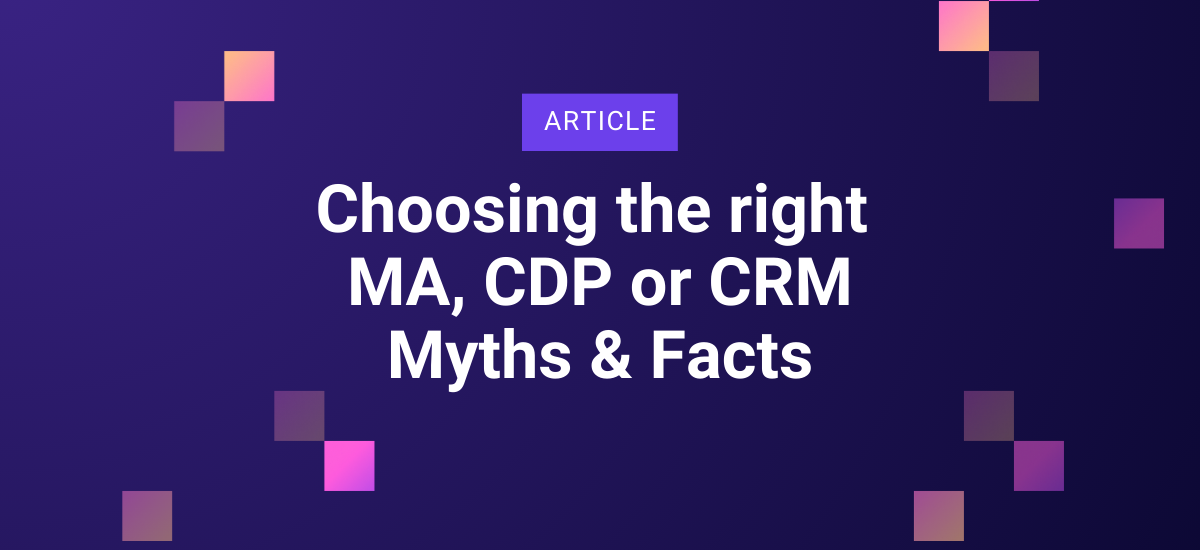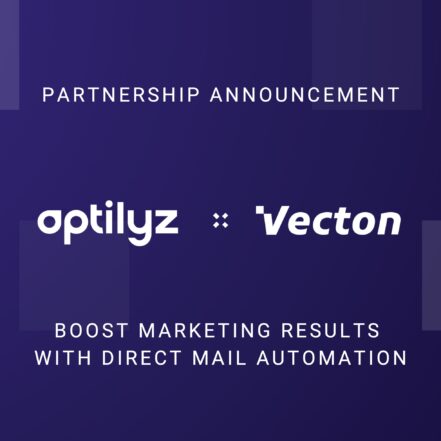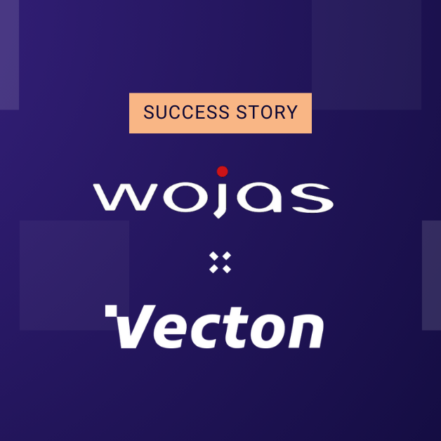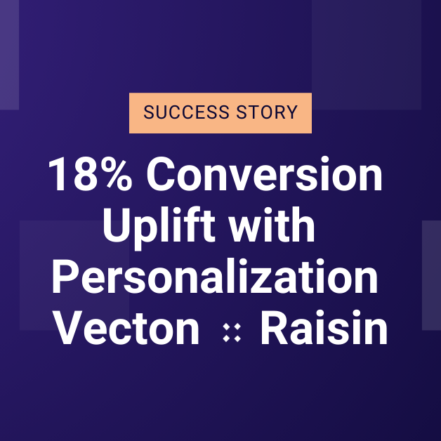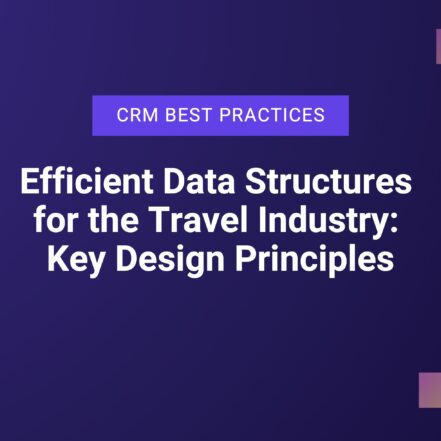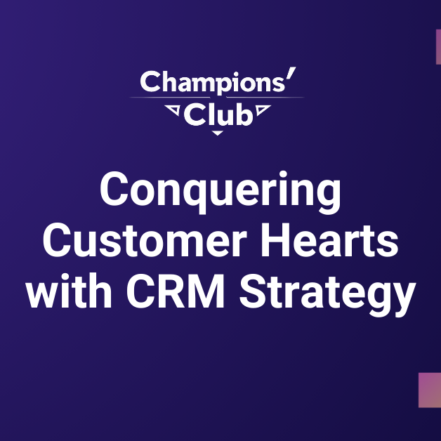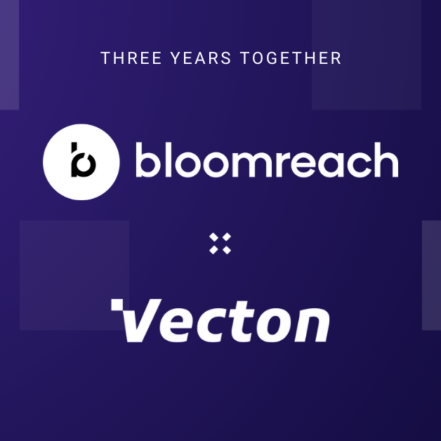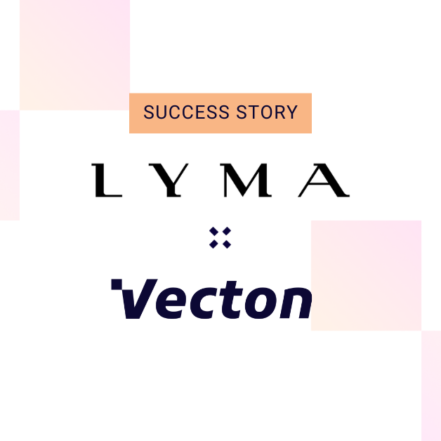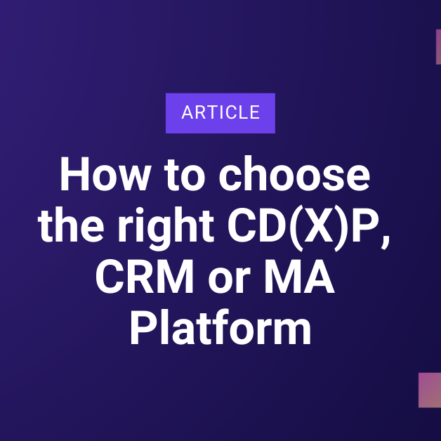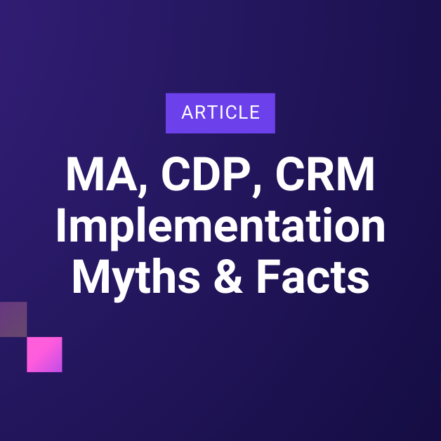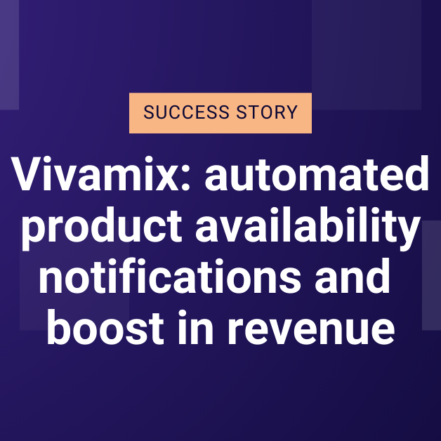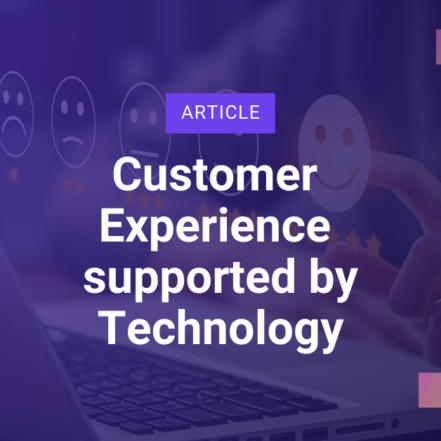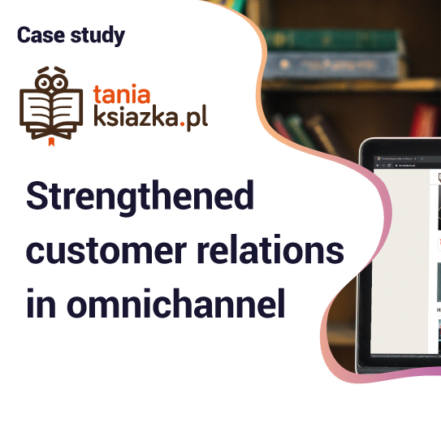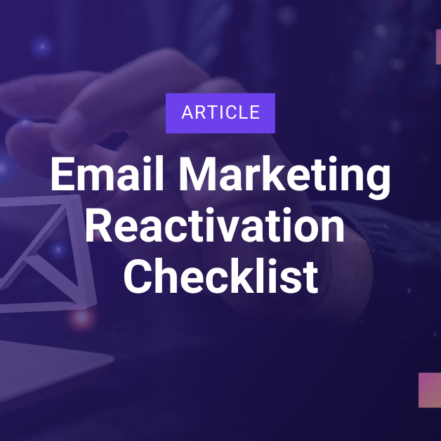According to Chief Martech data, there are over 8000 (!) technologies supporting the work of marketers on the market. Each has its purpose, specificity, capabilities, but also limitations. Choosing the right Marketing Automation tool, Customer Data Platform or CRM enables the achievement of business goals, helps to more effectively utilize resources, and saves time for the entire organization.
This is all thanks to the automation of data collection, analysis, and utilization in customer communication. On the other hand, choosing the wrong technology results in additional costs and irretrievably lost time, such as the need to migrate to another platform. In this article, we would like to draw attention to popular myths related to its selection.
Myth 1: The platforms are very similar.
“Hyper-personalization, omnichannel, single customer profile, no code, advanced real-time data analytics, AI-based recommendations, machine learning… Considered Marketing Automation/Customer Data Platform technologies have the same functionalities, so they are not different from each other.”
Fact
This is an extremely popular myth in the Marketing Automation industry. In practice, even if technology providers use similar slogans and descriptions, upon deeper familiarity with the tools, it turns out that they differ radically, for example, in terms of the level of advancement or flexibility of a given functionality, the time required for configuration, the need for IT support during implementation, or practical application in a business context.
The same word (and functionality) can mean something completely different. In one platform, advanced data analytics equals pre-defined sets of basic metrics (such as conversion or email open rates), while in another, it means the ability to create non-standard variations of reports and charts at the intersection of various types of data. Both approaches are necessary. However, it is important to establish what that statement or slogan actually means in practice and whether that’s what we expect, to avoid disappointment and additional development costs.
In each case, we must verify how a particular system will handle a specific scenario or analysis by inquiring about the details of its implementation or by using a demo presentation of the desired tool functionalities. Only then is it possible to compare the capabilities of different systems on a 1:1 basis and assess whether they are truly indistinguishable from each other.
Myth 2: We didn’t like the platform in the past so it is not worth trying now.
“We had a meeting with a Marketing Automation/Customer Data Platform technology provider a long time ago, and they didn’t make a good impression, and the presented functionalities or conducted tests did not meet our requirements.”
Fact
The pace of technology development has never been faster than it is now. Systems are expanding with new modules, functionalities, or integration with other tools, creating more complete and advanced solutions than they used to be.
It is worth giving your organization a chance by refreshing your relationship with the technology provider and verifying the assumptions you have. Even if they turn out to be accurate, you will certainly learn something new. On the other hand, you may be positively surprised and gain a new perspective, and as a result, solve your problems, save money, time, and other resources of the organization.
Myth 3: The most popular technology is the best choice.
“This is the most popular tool on the market for many years. It will provide the quality, reliability, and guarantee of success for the entire project.”
Fact
There is a saying that no one has ever been fired for implementing IBM or Salesforce. However, would that always be the best possible choice? Access to knowledge, open-source environments, or highly educated IT industry professionals levels the playing field between giants and startups. Combined with readily available venture capital funding and development incubators, smaller players can quickly respond to market needs.
Thanks to their flexibility and freedom, which corporations lack, they often create truly innovative solutions. Chief Martech has identified over 8000 marketing technologies. Let’s not be afraid to test new solutions just because they sound unfamiliar and question the perfection of corporate products.
Myth 4: The cheapest is most profitable.
“Since Marketing Automation/Customer Data Platform systems are not different, or our needs are small, let’s buy the cheapest product.”
Fact
In practice, it turns out that a low-priced system has its cost. Most often, it is hidden in paid development or IT support services that arise with the need for individual system configuration or when business requirements grow. A series of recurring additional costs can significantly increase the real price of the technology. Therefore, it is important to verify whether planned scenarios, personalizations, or analyses will require unplanned expenses and whether we will soon need to change technology to another one, which entails additional costs.
Conclusions
Choosing Marketing Automation or Customer Data Platform technology is a serious decision for at least 2-3 years, which directly impacts the functioning and efficiency of e-commerce, marketing, IT, or customer service departments, and thus the majority of your organization.
Therefore, it is worth considering whether we base our choice on facts or myths. Of course, the entire selection process goes far beyond the four aspects described by me, but I hope they will be a valuable guideline and a solid starting point. If you want to learn more about choosing MA/CDP technology or need support in implementation or utilizing its full potential, feel free to contact us!
